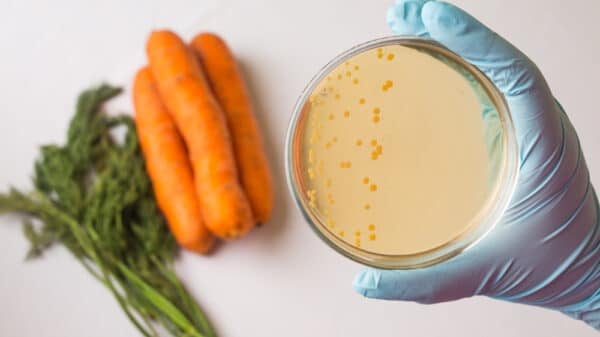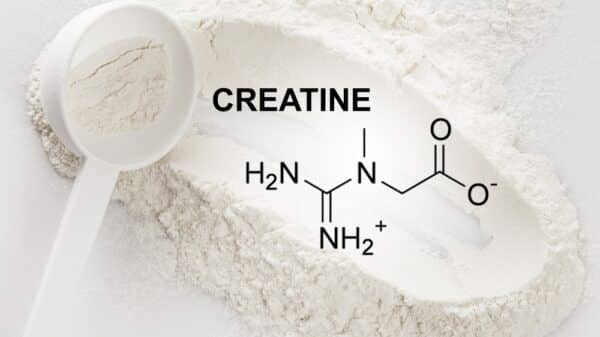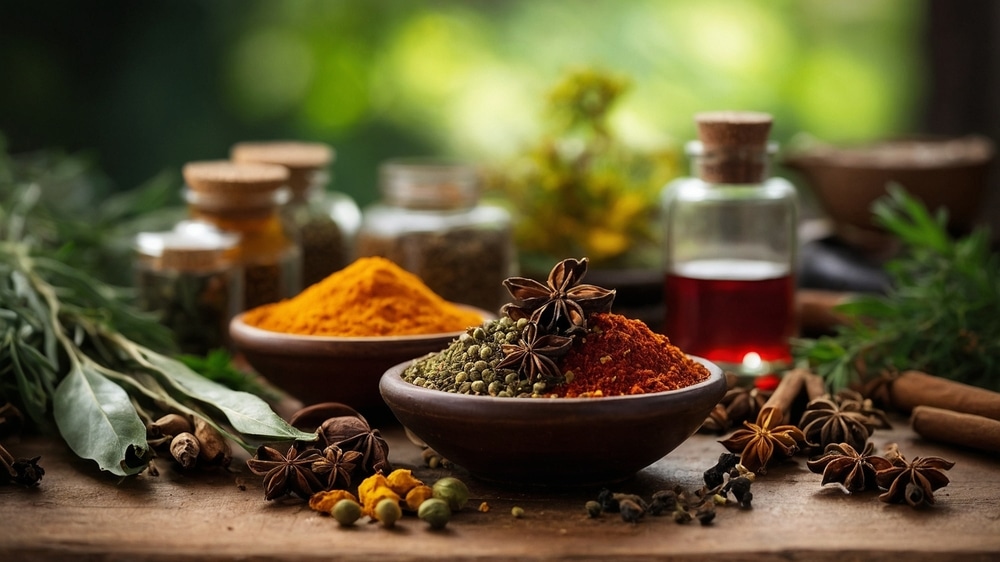Pulling out your favorite spices to create that mouthwatering pumpkin pie or those airy cinnamon rolls can bring about a sense of nostalgia and comfort. But if those spices have been sitting in your pantry for a while, you might start to wonder if they’re still good to use. Let’s be honest; figuring out when to toss out expired spices isn’t exactly straightforward. Unlike perishables in your fridge that spoil and go bad, spices remain shelf-stable, making it tricky to gauge their usability.
The good news is that while guidance does suggest replacing your spices after a certain period, you aren’t going to risk your health if you use spices that are a year old or older. Experts say these dried herbs and spices don’t pose any health risks. Still, it’s wise to consider some factors when deciding whether to part ways with your old favorites.
So, do spices have an expiration date? Technically, the answer is no. Dried herbs and spices don’t spoil in the traditional sense—meaning you won’t get food poisoning from them. However, their flavor and aroma can take a hit over time. “Spices don’t expire in terms of safety, but they gradually lose their potency as volatile compounds weaken,” explains Jessica Gavin, a certified food and culinary scientist. Those volatile compounds—think terpenes, aldehydes, and esters—give spices their unique scent and taste. A study published in *Food Chemistry* in 2019 elaborated on how these important chemicals deteriorate with age.
So, what does this mean for your culinary creations? You can keep using your old spices, but expect a lack of that vibrant aroma and flavor you once enjoyed. If you see a date on your spice jar, it simply indicates the point by which the spice is likely to have diminished flavor potency.
As far as health goes, you’re in the clear using older spices due to their low moisture content, which helps prevent the growth of harmful bacteria like salmonella or E. coli. The Australian Institute of Food Safety backs this up, stating that “many spices are subjected to irradiation post-production and packaging, a food safety treatment that eliminates germs and prevents future growth,” as Gavin notes.
However, the major downside to using those expired spices is that your dishes may end up tasting a bit flat or bland. Every time you pop open a spice jar, you lose some of those crucial volatile compounds, and over the course of a few years, you’ll find that the flavor support for your dishes is dwindling.
So, when should you say goodbye to your spices? The timeline for tossing them really depends on whether you have whole or ground spices on your hands. Here’s a quick rundown:
– Whole spices can last a little longer—around two to four years. Peppercorns, cinnamon sticks, cloves, cardamom, and star anise keep their flavors intact longer because their outer shell shields their volatile oils from degrading, explains Gavin.
– Ground spices, however, have a shorter shelf life—about two to three years. Ingredients like cumin, paprika, garlic powder, onion powder, and red chili flakes deteriorate more quickly since they’ve got a larger surface area that exposes them to air and light, speeding up flavor loss. This also applies to ground spice blends like curry powder, garam masala, and pumpkin pie spice.
When it comes to specific ages, remember that these are general guidelines. A good rule of thumb is to trust your senses. If your spices look dull and lack a robust scent when you give them a sniff, it’s likely time for them to go. On the flip side, if they still boast vibrant colors and send aromatic hints wafting through the air, you’re likely good to keep them around!
Now, let’s talk storage—where you keep your spices can play a significant role in how long they last. Here are a few of Gavin’s tips to help you keep your spices fresher for longer:
– Buy in smaller quantities. Opting for smaller amounts will help ensure you use them up before their flavor diminishes, eliminating waste and maximizing taste.
– Choose the right containers. Glass jars are a great choice over typical plastic. “Glass doesn’t absorb odors or interact with the essential oils of spices,” Gavin stresses. Just make sure the jars have tight-fitting lids to keep those precious flavors from escaping.
– Label and date your jars. Keeping track of when you bought your spices can help you stay organized and know when it’s time to replace them.
– Store in a cool, dark space. Keep spices in a cabinet or drawer, avoiding wall-mounted racks where they can be exposed to light and heat. These elements can hasten the degradation process.
Remember, it’s all about ensuring that the vibrant flavors and aromas of your spices enhance your cooking—so take a few moments to assess what you have in your pantry, and don’t be afraid to refresh your spice collection when necessary!
































